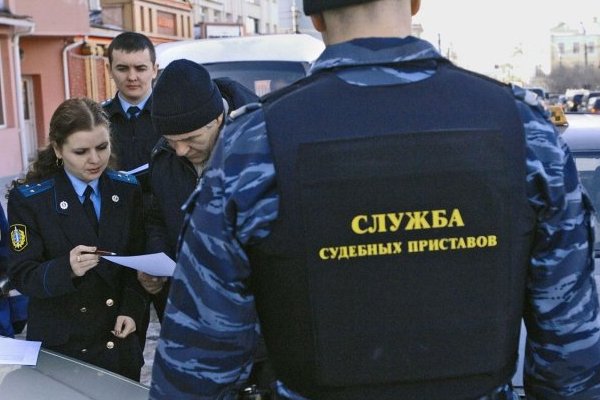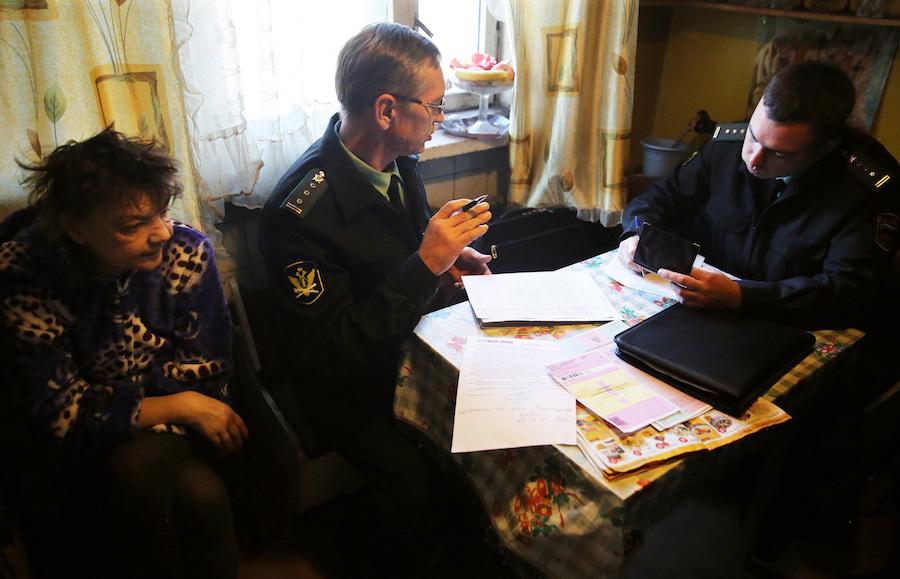The bailiffs, after receiving the writ of execution from the court, try in various ways to recover the necessary amount of money from the debtor. For this, an arrest is imposed on bank accounts, a certain part of the salary or pension is deducted, and property is also seized and confiscated. If the debtor is a pensioner, then he is faced with retirement. The size of the penalty depends on the number of writ of execution and features of the debt. To complete this process, bailiffs have to contact the PF department directly with a corresponding request.
Reasons for recovery
Retirement pensions on the writ of execution may be required if a pensioner has various debts. A creditor who cannot independently recover funds from a non-payer files a lawsuit in court. On the basis of the court decision, a writ of execution is issued, with the help of which bailiffs collect money from the debtor by various compulsory methods.
The need to withhold pension payments may arise for various reasons:
- debts to third parties;
- registration of loans in banks;
- compensation for damage caused to the health or property of other citizens;
- debts to the Criminal Code or the Federal Tax Service.
The writ of execution acts as the official basis for collecting funds from a pension. It is issued by the court after satisfying the claims. All conditions specified in this document must be fulfilled both by citizens and by various organizations, and when evading these obligations, firms and individuals are held accountable.
This document can be used by both the direct recoverer and the bailiff appointed by the contractor in a particular case. The main purpose of issuing a writ of execution is the ability to collect funds from citizens who refuse to voluntarily repay their debts.

What are the deductions made?
On the basis of the writ of execution, deductions from pensions, salaries or other types of income occur. A pension is represented by a payment assigned to old-age pensioners, people with disabilities, or other persons who can rely on a social pension. Since it is represented by the basic income of a citizen, an arrest may be imposed on it. Its purpose is the forced collection of debt.
The grounds for retirement are numerous, but bailiffs must take into account the provisions of the following regulations when seizing and writing off funds:
- Federal Law No. 400;
- Federal Law No. 229;
- main articles of the Civil Code.
Federal Law No. 229 provides a list of income from which bailiffs are not charged. These include various benefits, payments to dead military personnel and burial benefits. No funds are collected from a pension that is assigned upon loss of a breadwinner. With other pension contributions deductions are allowed.

What are the conditions?
Retirement benefits under the writ of execution are allowed subject to certain significant conditions. For example:
- the process can be implemented in relation to persons who are officially recognized as recipients of pensions;
- for applying this method of recovery, bailiffs must have a writ of execution;
- the contractor may request various documents from the PF that are required to withhold payment;
- the debtor receives a copy of the resolution, which indicates the need for forced collection of money from the incoming pension;
- the amount of such deduction must comply with the requirements of the law, therefore, it is set in percentage terms;
- all funds paid to a citizen from the PF are easy to track;
- withholding is carried out until the debt held by the pensioner is fully repaid.
If the bailiff in any way violates the rights or interests of the debtor, then his actions may be challenged in court.

How is the recovery performed?
Retention of a pension by bailiffs is carried out in a certain sequence of actions. From the correct implementation of this process depends on whether the debtor can file a complaint against the bailiff. Therefore, the process is implemented in the following steps:
- initially, the creditor filed a lawsuit against the debtor, in which the main requirement is the forced collection of money;
- the court makes a positive decision on the suit;
- within three days enforcement proceedings begin;
- the debtor is notified about the beginning of the process with the help of a special resolution, which indicates the basis for its publication, the amount of debt and the way by which a citizen can voluntarily pay off the debt;
- if the debtor refuses to pay the required amount, the bailiff is forced to take coercive measures;
- the lender usually draws up a deduction from retirement of the required amount of funds;
- the bailiff sends a request to the PF to receive information about the amount of this payment;
- a writ of execution is transferred to the PF branch, on the basis of which a certain amount of funds is forwarded to the creditor.
Additionally, funds can be debited from bank accounts or official salaries.

Duration of Executive Documents
Retirements from retirement may be based on various executive documents. They have some features:
- if the judicial act acts as the basis, then its validity period is three years from the date of publication;
- when using a court order, you can use it for three years, but it takes effect 10 days after publication;
- the duration of the writ of execution is three years.
Documents related to debt collection for alimony or compensation for damage to human health do not have a validity period.
Collection size
The amount of deduction from a pension may be different, as it depends on the reason for using the writ of execution. According to the law, a pensioner must in any case receive a certain amount of funds necessary for his optimal living. In most cases, only half of the pension is recoverable.
In some situations, it is allowed to take up to 70% of the payment. These include the following types of debts:
- child support payments for minor children;
- compensation for harm caused to the health of three persons;
- Compensation for damage incurred by citizens or companies as a result of the criminal actions of the debtor;
- payment in favor of the person receiving the survivor benefit.
But even in these cases, a pensioner must receive at least 30% of his pension.

Features of debt repayment
Retirement by bailiffs from a pension is always used if the official pensioner is the debtor. It is the court that determines the amount of deduction, and also draws up a schedule on the basis of which the debt is repaid by the pensioner. To determine these factors, the following parameters are taken into account:
- Is a pensioner disabled?
- whether he can continue to work;
- whether he is a soldier or a citizen.
Since a pensioner is recognized as a disabled person, the court should take into account this fact. But even this is not a basis for the presence of outstanding debts. If a citizen can prove that the remaining part of the pension is too little for him, then the court may reduce the amount of recovery or change the schedule of payments.In some situations, a citizen is completely exempted from debt if he has the first group of disabilities, so all funds received from the PF are allocated for the purchase of medicines and food.
Nuances with multiple writ of execution
Any person may have debts to different creditors. The latter have to go to court to enforce the recovery of money. If there are several writ of execution, the rules are taken into account:
- debts related to the payment of alimony and compensation for damage to health to third parties are initially repaid;
- after that, funds are transferred to pay off tax debts;
- only after are debts on loans or utility bills paid.
Even if there are several sheets, the bailiff does not have the right to completely dispose of the debtor's pension, so the non-payer must have a certain amount of funds for living.

Process requirements
Bailiffs must be mindful of the requirements for the process. These include:
- withholding applies only after a court decision and the issuance of an enforcement document;
- the debtor is notified of the ongoing process;
- an amount equal to the amount of the debt is recovered;
- not only debt is paid, but also accrued interest.
If the bailiff violates the rules for collecting money, then he may be held liable.

Is recovery possible?
Retirement from a pension cannot be prevented if a citizen refuses to repay the debt on his own. Suspension is applied if the defendant is recognized as incompetent, drafted into the army or sent on a long business trip. In addition, the collection is terminated if the debtor needs long-term treatment.
If necessary, an amicable agreement is drawn up with the creditor, which allows you to stop collecting funds from a pension.
Conclusion
On the basis of a writ of execution, bailiffs may collect some of the debtor's pension. The amount of such deduction is determined only by the court, for which various factors are taken into account. Under certain conditions, the amount of recovery may be reduced. Additionally, a gentle payment schedule is set.
In different situations, collection may be terminated or suspended. It will not work to get rid of debts without repaying, therefore, each person must responsibly approach his obligations.
